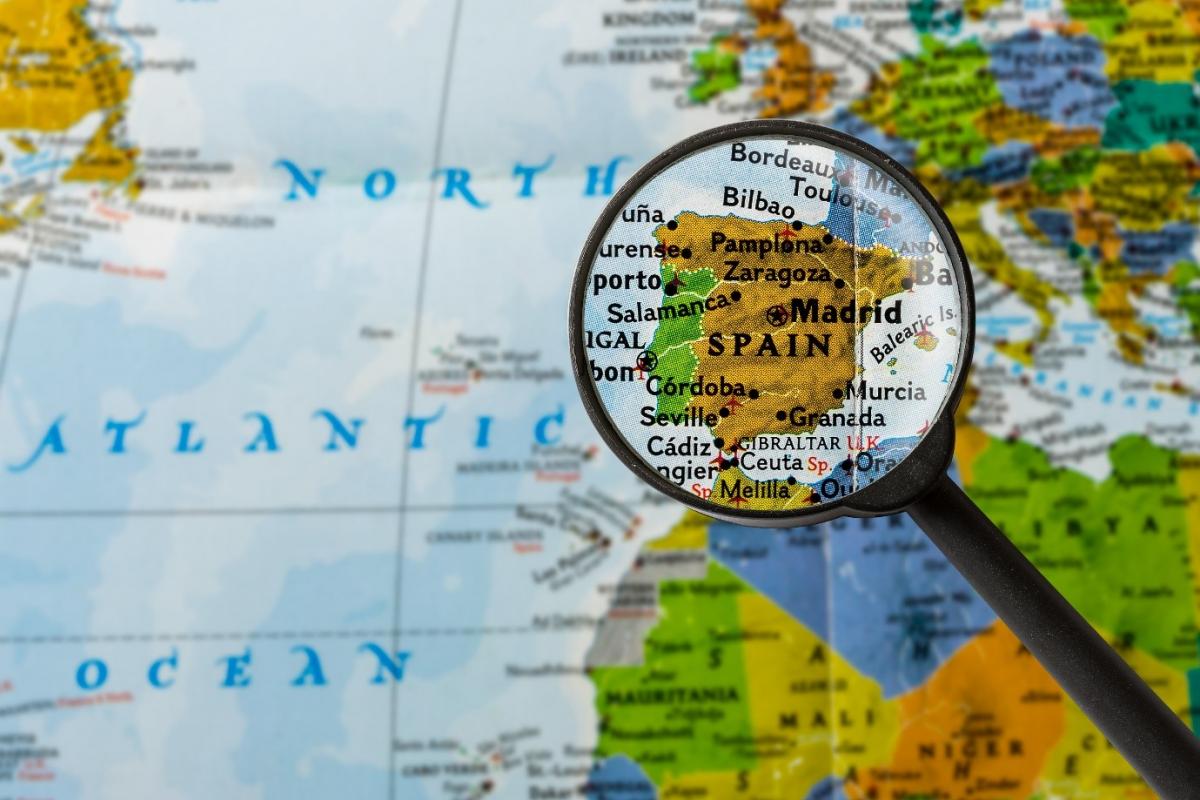Is translating the back of a diploma necessary?

To enrol in a foreign university or to work abroad, many people need their academic certificates to be translated. If you have ever needed a certified translation of a diploma, you might have asked yourself:
Do I need to translate the back of my diploma?
There are many theories about what a certified translation should include or not. In this article, I will tell you everything you need to know about high-quality translations of academic certificates.
Índice de contenidos
Index of contents
Index du contenu
Inhaltsverzeichnis
Indice dei contenuti
1. Translate the front and back of a diploma. Yes or no?

The answer is quite simple: Yes, the front and back should be translated. Of course, it always depends on the individual requirements and specifications of the respective institutions. The back does not necessarily have to be translated, but it should not simply be forgotten.
For example, the back of Cambridge certificates include the level of language proficiency and skills. Many academic transcripts usually only contain a description of the grading system. This could lead us to believe that we do not need to translate the back of educational documents.
However, not translating the back of a degree certificate, could lead to problems with the institution in the destination country.
Please note that the back of an academic certificate often contains a series of numbers and stamps. At first glance, this seems irrelevant, but it’s meant to verify the certificate’s authenticity and is therefore indispensable. When translating academic certificates and other official documents, we should always bear this in mind.
There is usually also some useful information on the back like:
- the year of graduation
- the student’s final grade
- the specialisation
Likewise, a certified translation is always an accurate and complete translation of the original. It is important to note that there should be no unjustified omissions. All omissions should always be highlighted and explained.
If not, the receiving institution may reject the submitted translation as incomplete. The decision to save money by not translating the back, can lead to unnecessary additional costs.
2. Translating an academic certificate for its use abroad

We recommend to always translate the front and back of any academic document. Here are some steps to follow, if you want to present an academic certificate abroad.
- Have the original documents legalised. You can do this via the Hague Apostille channels depending on the issuing country. Otherwise, turn to diplomatic offices or embassies. For the recognition of a Master's or doctoral degree, contact the government department for education.
- Approval: It will be checked whether the country of destination is a member state of the Hague Convention or not. If not, legalisation is required, usually by legalisation offices or other public authorities of the country of origin. Otherwise, a certification by the institution of origin is enough.
- Certified translation: Now it is time to find a good sworn or certified translator. The translator transfers content, signatures, logos, seals, etc. into the target language. This translation is considered an official document, a copy of the original should always be attached in the language of origin.
- Legalisation by the sworn translation: Sworn translators can certify the accuracy of their translation with their signature and stamp. Nevertheless, in countries like Spain or Germany, the Ministry of Foreign Affairs must have recognised their signature beforehand.
Please note that these steps are also common for translating other official documents.
3. Translate academic certificates for the UK

The regulations on the translation of academic certificates vary a lot, depending on the country. Let’s have a look at what you need to know if you want to present your documents in the UK. For that, you will definitely need to translate your diploma to English.
The most important question is, which country issued the certificate. Most institutions will ask for an officially certified translation. The National Academic Recognition Information Centre (NARIC) then will issue a statement of comparability.
The UK NARIC will compare your qualifications with United Kingdom terms. In any case, a translation into English is crucial for this procedure.
Most institutions accept English as widely spoken language. It is always good to have your diploma in English. There are different possibilities to obtain your translation.
- Certified translation: a sworn translator carries out the translation and certification process.
- Ministry of Foreign Affairs: You can contact the Ministry of Foreign Affairs in your home country. In most cases they are able to provide certified documents.
- Diplomatic or consular representation abroad: either in the country of destination or in the country of origin.
If you are still not sure how to translate your academic certificate, do not hesitate to contact a professional translator. It is always better to turn to a specialised translation agency if you need official translations of legal documents.
Other articles you may be interested in:

Blog writer and Community Manager interested in multiculturality and linguistic diversity. From her native Venezuela, she has travelled and lived for many years in France, Germany, Cameroon and Spain, passing on her passion for writing and her intercultural experiences.



Add new comment